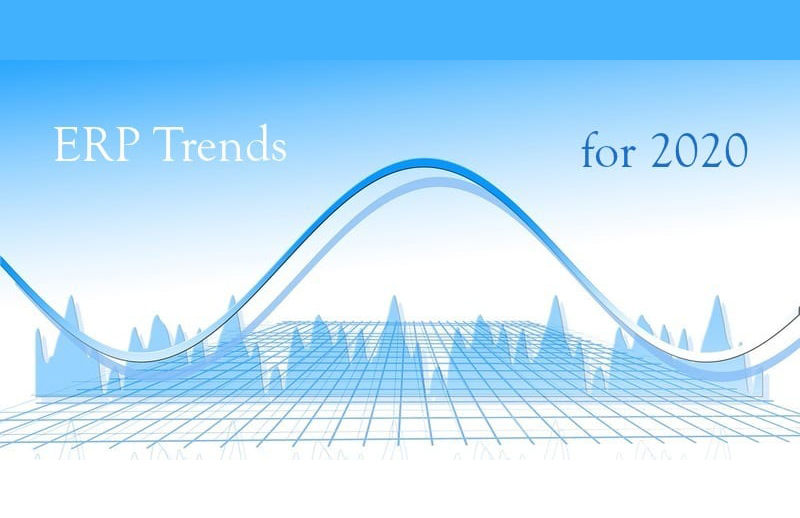
Digital Transformation, like most high hype subjects, unfortunately, cannot be concisely defined. It concerns an overabundance of technology and business trends, all overlapping and interacting like an out of control Venn diagram – and that crazy Digital Transformation Venn diagram looks different for every company and morphs every day for every company. You can’t simply order Digital Transformation from Best Buy or MediaMarkt, plug it in, boot it up, and poof, all done with Digital Transformation.
Need some examples of the slippery pig nature of Digital Transformation? Smart Devices, so important to Digital Transformation, are rapidly turning into Learning Smart Devices – a consumer example is the Nest Learning Thermostat. Recently released smartphones already tiptoe into the realm of self-learning. Robots are beginning to learn (yes, it is kind of scary). The plant floor, the warehouse, distribution, logistics, retail and how, when and where decisions are made are not just on the path of smart manufacturing, but of learning – continuously and increasingly automatically. We are already swimming in a great data-lake of sensor data, and that lake is turning into an ocean of smarter sensor data. Similarly, we will share our mass quantities of smarter data with others in the value chain far more than in the past, but we will need to protect all that smarter data better than ever.
Basically, the pace of technologically driven change continues to accelerate. For businesses of all kinds, but most for manufacturers and their value chains, Digital Transformation represents not just smart manufacturing, but self-learning manufacturing.
What acts as the main river to tie together all the tributaries of Digital Transformation together into a common stream of rapid continuous improvement? Old-fashioned Enterprise Resource Planning (ERP)! Sorry, that is incorrect, for there could be nothing more restricting to Digital Transformation than old-fashioned ERP. Those slow to implement, impossible to change, difficult to operate and maintain old-fashioned ERP monoliths stifle Digital Transformation. Then how does a company fit all these puzzle pieces of Digital Transformation together into a single picture if not with ERP?
A modern, adaptive ERP is required for successful Digital Transformation. Some call it postmodern ERP, some call it intelligent ERP, some call it digital operation platforms, some refer to it as a solution for Enterprise Business Capabilities. Regardless, today’s modern, adaptive ERP turns good old-fashioned ERP on its aging ear. While on the surface, much of Digital Transformation seems to be happening at the edge. It is useless until it is brought into core operational, financial and decision-making processes. What is different about adaptive ERP versus old-fashioned ERP? Here are just a few examples of what separates adaptive ERP from good old-fashioned ERP.
- Architecturally, adaptive ERP assumes change is always in the works. It is designed, therefore, for a more loosely coupled, fast-changing world. Typically, adaptive ERP uses a microservices and RESTful approach, which more readily supports a loosely coupled world. This allows for the rapid development of new data and processes and the addition of new technologies. Try any of that with old-fashioned ERP.
- When one thinks “deployment” these days, the knee-jerk reaction is “cloud.” There is a good reason for that: If IT departments struggled maintaining old-fashioned ERP where things seldom changed and the presumption is you had three years to upgrade, they would be in for a real shock with adaptive ERP. The fast-moving adaptive ERP that supports Digital Transformation requires a depth of expertise possessed typically by the ERP vendor and their closest cloud service provider and partner friends. That said, there are many kinds of clouds and like everything else, clouds are changing and doing so quickly. Therefore, a well thought out adaptive ERP has a reference architecture, which is a system template for deployment. With public, private, hybrid, multi-cloud, and even on-premise clouds, the customer can choose the approach or approaches and the reference architecture enables the adaptive ERP to run properly and with good performance out-of-the-box and over time. This also makes the adaptive ERP more amenable to running on different clouds. Why get locked into a single cloud?
- “Platform” has been a buzzword in the tech industry for more than three decades, but it has never been more important than today for modern, adaptive ERP that enables Digital Transformation. Some ERP vendors, however, use the term “platform” in misleading ways. Look closely at “XYZ Platform” and you might simply find a set of packaged tools for development and related activities. A platform for adaptive ERP consists of layered services. This layering approach provides more stability and consistency while remaining open to change. For example, security should sit at the core of layered services so that it propagates through all the other platform services. At the far end of the layered services are apps themselves, built from dev services that take advantage of all the other layered services (e.g., user experience services, data services, deployment services, QA services) – including other apps (thanks again to the RESTful approach). Ask the ERP vendor you are considering hard questions about its platform. Did the vendor package up a bunch of tools and slap the term “platform” on the package?
- The term Analytics gets bandied about randomly just like the term Digital Transformation. There are countless analytics solutions out there, each one purporting to be better than the rest. There is one thing, however, that has been overlooked in the many decades the IT industry has pursued analytics nee business intelligence – the user. Nearly every user is a decision maker. Shouldn’t that person, therefore, have access to metrics and real-time data that help them do their job better? Adaptive ERP includes embedded analytics that can be easily used and adapted by everyday users, not just data scientists, to deal with new or unpredictable business situations spawned by Digital Transformation. By the way, the notion that a single database can effectively handle classic business transactions and analytics use cases is unrealistic in the realm of Digital Transformation. Adaptive ERP, because of its loosely coupled and platform layered services nature can support different forms of data management as the needs arise due to Digital Transformation requirements. The data environment of Digital Transformation is complex and becoming more so – a single data management solution for everything that is required and for everything that will be required is a pipe dream.
Adaptive ERP, using a microservices, RESTful architecture, with flexible deployment enabled by a reference architecture, a layered services platform and embedded analytics will really help a company take advantage of Digital Transformation. As transformation business models and technologies get introduced, a flexible adaptive ERP helps companies more quickly come up to speed and realize the benefits. Old-fashioned, brittle, monolithic ERP, conversely, stands in the way.
Source: https://erpnews.com/adaptive-erp-just-what-digital-transformation-needed/
#adaptiveerp #digitaltransformation #manufacturing #accelerate #automation


